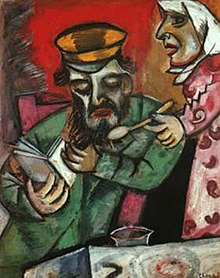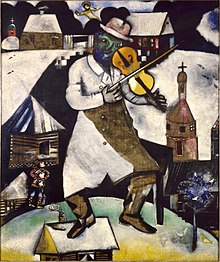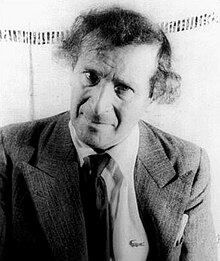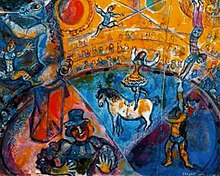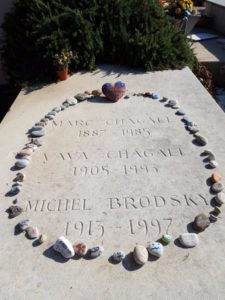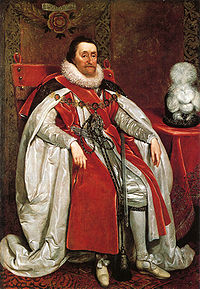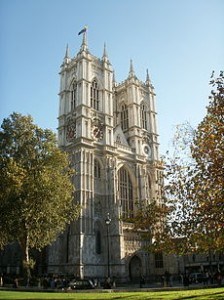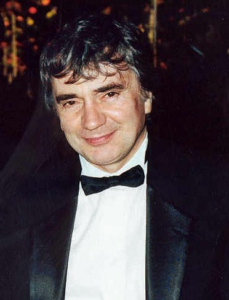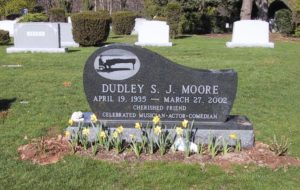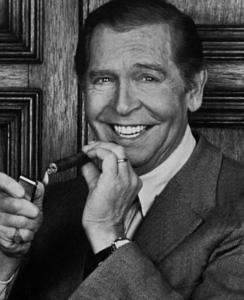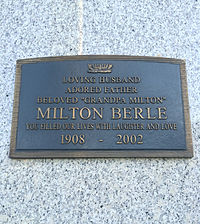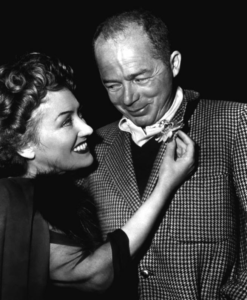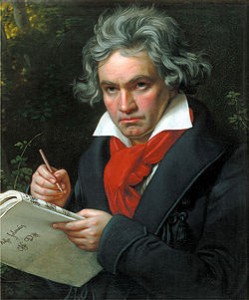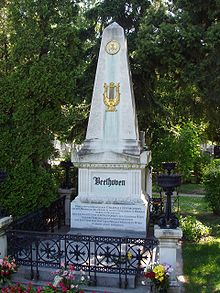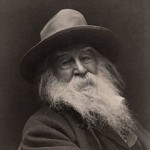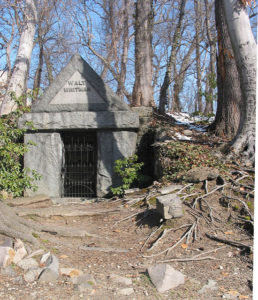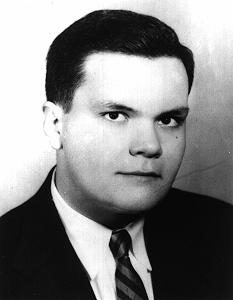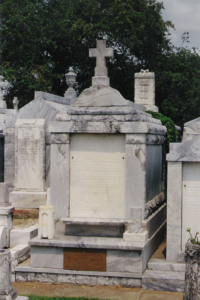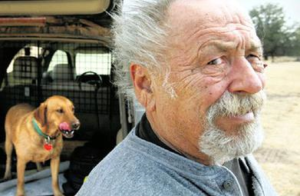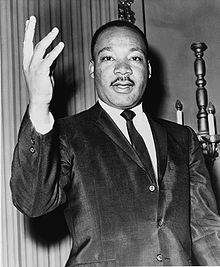 On this day in 1968, clergyman, activist, prominent leader and iconic figure in the African American civil rights movement, Nobel Peace Prize recipient, Dr. Martin Luther King, Jr. was assassinated on the balcony of room 306 at the Lorraine Motel in Memphis, Tennessee at the age of 39. Born on 15 January 1929 in Atlanta, Georgia. His father’s name was Michael King, but he changed his name to Martin Luther King after Martin Luther (10 November 1483 – 18 February 1546), the admired German priest and professor of theology who initiated the Protestant Reformation. King believed in and urged the use of nonviolent methods in the advancement of civil rights. One of the greatest orators in American history. His “I Have a Dream” speech concludes with; “Let freedom ring. And when this happens, and when we allow freedom ring—when we let it ring from every village and every hamlet, from every state and every city, we will be able to speed up that day when all of God’s children—black men and white men, Jews and Gentiles, Protestants and Catholics—will be able to join hands and sing in the words of the old Negro spiritual: ‘Free at last! Free at last! Thank God Almighty, we are free at last!” In 1948, he graduated from Morehouse with a Bachelor of Arts degree in sociology, and enrolled in Crozer Theological Seminary in Chester, Pennsylvania, from which he graduated with a Bachelor of Divinity degree in 1951. King married Coretta Scott, on 18 June 1953, on the lawn of her parents’ house in her hometown of Heiberger, Alabama. In the close of his last speech given in Memphis before the assassiantion, King said; “And then I got to Memphis. And some began to say the threats, or talk about the threats that were out. What would happen to me from some of our sick white brothers? Well, I don’t know what will happen now. We’ve got some difficult days ahead. But it doesn’t matter with me now. Because I’ve been to the mountaintop. And I don’t mind. Like anybody, I would like to live a long life. Longevity has its place. But I’m not concerned about that now. I just want to do God’s will. And He’s allowed me to go up to the mountain. And I’ve looked over. And I’ve seen the promised land. I may not get there with you. But I want you to know tonight, that we, as a people, will get to the promised land. And I’m happy, tonight. I’m not worried about anything. I’m not fearing any man. Mine eyes have seen the glory of the coming of the Lord.”
On this day in 1968, clergyman, activist, prominent leader and iconic figure in the African American civil rights movement, Nobel Peace Prize recipient, Dr. Martin Luther King, Jr. was assassinated on the balcony of room 306 at the Lorraine Motel in Memphis, Tennessee at the age of 39. Born on 15 January 1929 in Atlanta, Georgia. His father’s name was Michael King, but he changed his name to Martin Luther King after Martin Luther (10 November 1483 – 18 February 1546), the admired German priest and professor of theology who initiated the Protestant Reformation. King believed in and urged the use of nonviolent methods in the advancement of civil rights. One of the greatest orators in American history. His “I Have a Dream” speech concludes with; “Let freedom ring. And when this happens, and when we allow freedom ring—when we let it ring from every village and every hamlet, from every state and every city, we will be able to speed up that day when all of God’s children—black men and white men, Jews and Gentiles, Protestants and Catholics—will be able to join hands and sing in the words of the old Negro spiritual: ‘Free at last! Free at last! Thank God Almighty, we are free at last!” In 1948, he graduated from Morehouse with a Bachelor of Arts degree in sociology, and enrolled in Crozer Theological Seminary in Chester, Pennsylvania, from which he graduated with a Bachelor of Divinity degree in 1951. King married Coretta Scott, on 18 June 1953, on the lawn of her parents’ house in her hometown of Heiberger, Alabama. In the close of his last speech given in Memphis before the assassiantion, King said; “And then I got to Memphis. And some began to say the threats, or talk about the threats that were out. What would happen to me from some of our sick white brothers? Well, I don’t know what will happen now. We’ve got some difficult days ahead. But it doesn’t matter with me now. Because I’ve been to the mountaintop. And I don’t mind. Like anybody, I would like to live a long life. Longevity has its place. But I’m not concerned about that now. I just want to do God’s will. And He’s allowed me to go up to the mountain. And I’ve looked over. And I’ve seen the promised land. I may not get there with you. But I want you to know tonight, that we, as a people, will get to the promised land. And I’m happy, tonight. I’m not worried about anything. I’m not fearing any man. Mine eyes have seen the glory of the coming of the Lord.”
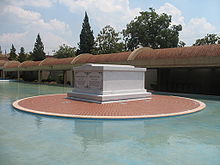 The Final Footprint – King is entombed at the Martin Luther King, Jr. National Historic Site in Atlanta. His crypt has the inscription; “Free at last, Free at last, Thank God Almighty I’m Free at last.” Coretta was entombed next to him upon her death in 2006. Her crypt has the inscription; “And now abide Faith, Hope, Love, These Three; but the greatest of these is Love.” 1 Cor. 13:13. Martin Luther King, Jr. Day was established as a U.S. federal holiday in 1
The Final Footprint – King is entombed at the Martin Luther King, Jr. National Historic Site in Atlanta. His crypt has the inscription; “Free at last, Free at last, Thank God Almighty I’m Free at last.” Coretta was entombed next to him upon her death in 2006. Her crypt has the inscription; “And now abide Faith, Hope, Love, These Three; but the greatest of these is Love.” 1 Cor. 13:13. Martin Luther King, Jr. Day was established as a U.S. federal holiday in 1
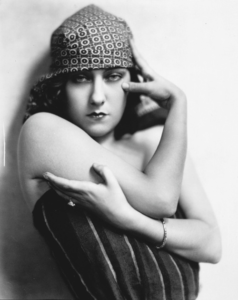 On this day in 1983, actress and producer Gloria Swanson died in New York City in New York Hospital from a heart ailment, aged 84.. Born Gloria May Josephine Swanson on March 27, 1899 in Chicago. Swanson was the silent screen’s most successful and highest paid star. Noted for her extravagance, Swanson earned $8 million from 1918 to 1929 and spent nearly all of it. Swanson starred in dozens of silent films, often under the direction of Cecil B. DeMille. In 1928, she was nominated for the first Academy Award ever given for Best Actress. Swanson was among the early women to produce her own movies, making The Love of Sunya (1927) and Sadie Thompson (1928). In 1929, Swanson transitioned into sounds films with her performance in The Trespasser. Personal problems and changing tastes saw her popularity wane during the 1930s and she ventured into theater and television.
On this day in 1983, actress and producer Gloria Swanson died in New York City in New York Hospital from a heart ailment, aged 84.. Born Gloria May Josephine Swanson on March 27, 1899 in Chicago. Swanson was the silent screen’s most successful and highest paid star. Noted for her extravagance, Swanson earned $8 million from 1918 to 1929 and spent nearly all of it. Swanson starred in dozens of silent films, often under the direction of Cecil B. DeMille. In 1928, she was nominated for the first Academy Award ever given for Best Actress. Swanson was among the early women to produce her own movies, making The Love of Sunya (1927) and Sadie Thompson (1928). In 1929, Swanson transitioned into sounds films with her performance in The Trespasser. Personal problems and changing tastes saw her popularity wane during the 1930s and she ventured into theater and television.
In 1950, after an absence from the screen for several years, Swanson achieved widespread critical acclaim and recognition for her role as Norma Desmond, a reclusive silent film star, in the critically acclaimed 1950 film Sunset Boulevard. The film earned her a Golden Globe Award and a nomination for an Academy Award. In 1989, the film was among the first group of films to be chosen by the Library of Congress for preservation as being “culturally, historically, or aesthetically significant.”
For more than half a century, Swanson denied having an affair with Joseph P. Kennedy, Sr., the father of future-President John F. Kennedy. Swanson later broke her silence, and wrote about the affair in her best-selling 1980 autobiography Swanson on Swanson.
Throughout her life and her many marriages, Swanson was known as Miss Swanson. Her first husband was the actor Wallace Beery, whom she married on her 17th birthday on March 27, 1916. In her autobiography Swanson on Swanson, Swanson wrote that Beery raped her on their wedding night. They still worked together at Sennett, but they separated in June 1917, and the divorce was finalized in 1918.
She married Herbert K. Somborn (1919–1925), at that time president of Equity Pictures Corporation and later the owner of the Brown Derby restaurant, in 1919. Their divorce, finalized in January 1925, was sensational and led to Swanson having a “morals clause” added to her studio contract. Somborn accused her of adultery with 13 men, including Cecil B. DeMille and Rudolph Valentino.
Swanson’s third husband was the French aristocrat Henri, Marquis de la Falaise de la Coudraye, whom she married on January 28, 1925 after the Somborn divorce was finalized. Though Henri was a Marquis and the grandson of Richard and Martha Lucy Hennessy from the famous Hennessy Cognac family, he was not rich and had to work for a living. He originally was hired to be her assistant and interpreter in France while she was filming Madame Sans-Gêne (1925). Swanson was the first movie star to marry European nobility, and the marriage became a global sensation. Later, Henri became a film executive representing Pathé (USA) in France through Joseph P. Kennedy, Sr., who was running the studio. Many now assume he was given the position, which kept him in France for 10 months a year, to simply keep him out of the way during her affair with Kennedy. This marriage ended in divorce in 1930.
Kennedy became her business partner and their relationship was an open secret in Hollywood. He took over all of her personal and business affairs and was supposed to make her millions. Kennedy left her after the disastrous Queen Kelly, and her finances were in worse shape than when he came into her life. Two books have been written about the affair.
After the marriage to Henri and her affair with Kennedy were over, Swanson married Michael Farmer (1902–1975) in August 1931. Swanson and Farmer divorced in 1934 after she became involved with married British actor Herbert Marshall. The media reported widely on her affair with Marshall. After almost three years with the actor, Swanson left him once she realized he would never divorce his wife, Edna Best, for her. In an early manuscript of her autobiography written in her own hand decades later, Swanson recalled “I was never so convincingly and thoroughly loved as I was by Herbert Marshall.”
In 1945, Swanson married George William Davey. The Swanson-Davey divorce was finalized in 1946. For the next 30 years, Swanson remained unmarried and able to pursue her own interests.
Swanson’s final marriage occurred in 1976 and lasted until her death. Her sixth husband and widower, writer William Dufty (1916–2002), was the co-author of Billie Holiday’s autobiography Lady Sings the Blues, the author of Sugar Blues, a 1975 best-selling health book still in print, and the author of the English version of Georges Ohsawa’s You Are All Sanpaku. Dufty was a book ghost-writer and newspaperman, working for many years at the New York Post, where he was assistant to the editor from 1951 to 1960. He first met Swanson in 1965 and by 1967 the two were living together as a couple. Swanson shared her husband’s deep enthusiasm for macrobiotic diets, and they traveled widely together to speak about sugar and food. They promoted his book Sugar Blues together in 1975 and wrote a syndicated column together. It was through Sugar Blues that Dufty and Swanson first got to know John Lennon and Yoko Ono. Swanson testified on Lennon’s behalf at his immigration hearing in New York, which led to him becoming a permanent resident. Dufty ghost-wrote Swanson’s best-selling 1980 autobiography, Swanson on Swanson. They were prominent socialites, having many homes and living in many places, including New York City, Rome, Portugal, and Palm Springs, California. After Swanson’s death, Dufty returned to his former home in Birmingham, Michigan. He died of cancer in 2002.
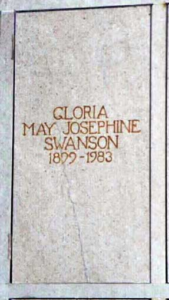
The Final Footprint
She was cremated and her cremated remains interred at the Episcopal Church of the Heavenly Rest on Fifth Avenue in New York City, attended by only a small circle of family. The church was the same one where the funeral of Chester A. Arthur took place.
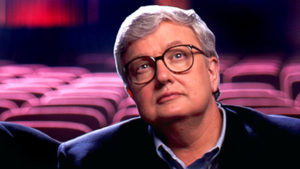 And on this day in 2013, film critic, historian, journalist, screenwriter, and author Roger Ebert died from cancer in Chicago at the age of 70. Born Roger Joseph Ebert on June 18, 1942 in Urbana, Illinois. He was a film critic for the Chicago Sun-Times from 1967 until his death in 2013. In 1975, Ebert became the first film critic to win the Pulitzer Prize for Criticism.
And on this day in 2013, film critic, historian, journalist, screenwriter, and author Roger Ebert died from cancer in Chicago at the age of 70. Born Roger Joseph Ebert on June 18, 1942 in Urbana, Illinois. He was a film critic for the Chicago Sun-Times from 1967 until his death in 2013. In 1975, Ebert became the first film critic to win the Pulitzer Prize for Criticism.
Ebert and Chicago Tribune critic Gene Siskel helped popularize nationally televised film reviewing when they co-hosted the PBS show Sneak Previews, followed by several variously named At the Movies programs. The two verbally sparred and traded humorous barbs while discussing films. They created and trademarked the phrase “Two Thumbs Up”, used when both hosts gave the same film a positive review. After Siskel died in 1999, Ebert continued hosting the show with various co-hosts and then, starting in 2000, with Richard Roeper.
Ebert lived with cancer of the thyroid and salivary glands beginning in 2002. In 2006, he required treatment necessitating the removal of his lower jaw, leaving him disfigured and costing him the ability to speak or eat normally. His ability to write remained unimpaired and he continued to publish frequently both online and in print until his death on April 4, 2013.
The Final Footprint
On April 7, 2013, a private vigil with an open casket was held at the chapel of Graceland Cemetery on Chicago’s north side. Hundreds attended the funeral Mass held at Chicago’s Holy Name Cathedral on April 8, 2013, where Ebert was celebrated as a film critic, newspaperman, advocate for social justice, and husband. Father Michael Pfleger concluded the service with, “the balconies of heaven are filled with angels singing Thumbs Up.” Ebert was cremated.








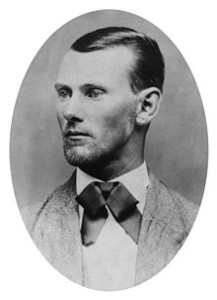
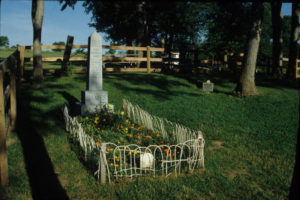
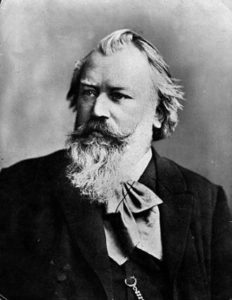
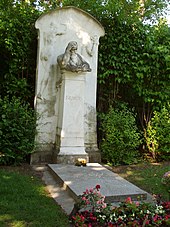
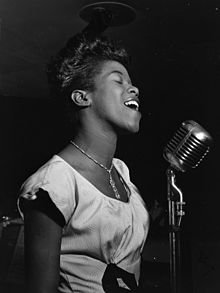
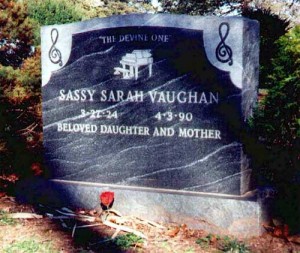 The Final Footprint – Vaughan’s funeral was held at the new location of Mount Zion Baptist Church, 208 Broadway in Newark, New Jersey, with the same congregation she grew up in. Following the ceremony, a horse-drawn carriage transported her body to its final resting place in Glendale Cemetery, Bloomfield in New Jersey. Her grave is marked by an individual upright marker with the inscription “THE DIVINE ONE” and the term of endearment “BELOVED DAUGHTER AND MOTHER.”
The Final Footprint – Vaughan’s funeral was held at the new location of Mount Zion Baptist Church, 208 Broadway in Newark, New Jersey, with the same congregation she grew up in. Following the ceremony, a horse-drawn carriage transported her body to its final resting place in Glendale Cemetery, Bloomfield in New Jersey. Her grave is marked by an individual upright marker with the inscription “THE DIVINE ONE” and the term of endearment “BELOVED DAUGHTER AND MOTHER.”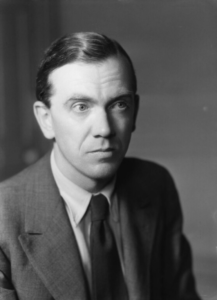
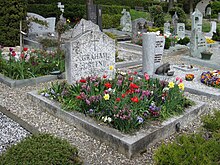
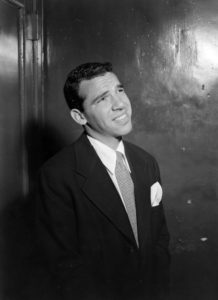
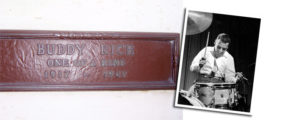
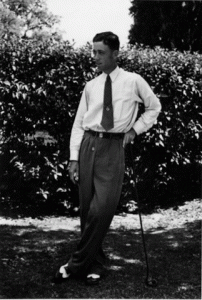

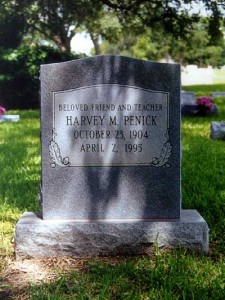
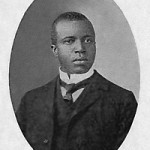
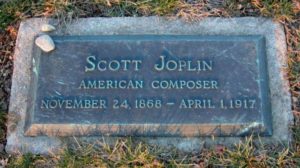


 In 1927 Ernst married Marie-Berthe Aurenche, and it is thought his relationship with her may have inspired the erotic subject matter of The Kiss and other works of that year. Ernst appeared in the 1930 film L’Âge d’Or, directed by self-identifying Surrealist Luis Buñuel. In 1938, the American heiress and artistic patron Peggy Guggenheim acquired a number of Ernst’s works, which she displayed in her new gallery in London. Ernst and Guggenheim later were married (1942–1946).
In 1927 Ernst married Marie-Berthe Aurenche, and it is thought his relationship with her may have inspired the erotic subject matter of The Kiss and other works of that year. Ernst appeared in the 1930 film L’Âge d’Or, directed by self-identifying Surrealist Luis Buñuel. In 1938, the American heiress and artistic patron Peggy Guggenheim acquired a number of Ernst’s works, which she displayed in her new gallery in London. Ernst and Guggenheim later were married (1942–1946).
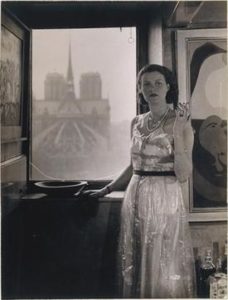
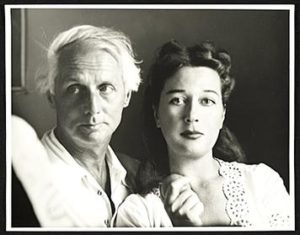
 The Final Footprint
The Final Footprint  On this day in 1984, singer-songwriter and musician, The Prince of Motown, The Prince of Soul, Grammy winner, Marvin Gaye was shot and killed by his father during an argument at his parent’s home in Los Angeles the day before his 45th birthday. Born Marvin Pentz Gaye, Jr. on 2 April 1939 at Freedman’s Hospital in Washington, D.C. One of the giants of music. Where does one start a list of favorite Gaye songs; “Can I get a Witness”, “What’s Going On”, “Let’s Get it On”, “Sexual Healing”, to name just a few. Gaye was married twice; Anna Gordy, Berry Gordy’s sister (1964-1977) and Janis Hunter (1977-1981 divorce).
On this day in 1984, singer-songwriter and musician, The Prince of Motown, The Prince of Soul, Grammy winner, Marvin Gaye was shot and killed by his father during an argument at his parent’s home in Los Angeles the day before his 45th birthday. Born Marvin Pentz Gaye, Jr. on 2 April 1939 at Freedman’s Hospital in Washington, D.C. One of the giants of music. Where does one start a list of favorite Gaye songs; “Can I get a Witness”, “What’s Going On”, “Let’s Get it On”, “Sexual Healing”, to name just a few. Gaye was married twice; Anna Gordy, Berry Gordy’s sister (1964-1977) and Janis Hunter (1977-1981 divorce).
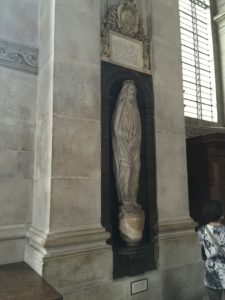
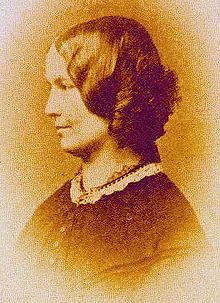
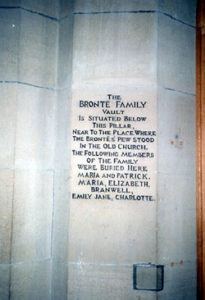
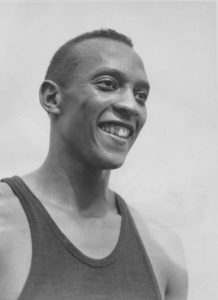
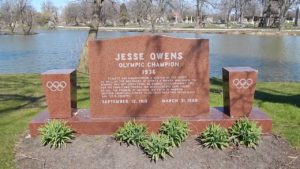
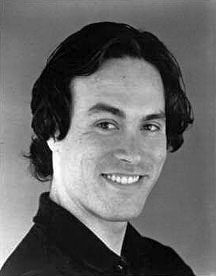
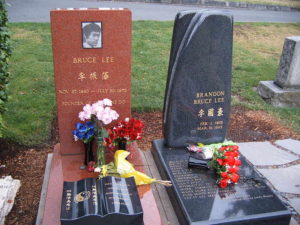
 On this day in 1995, singer-songwriter, Grammy winner, The Queen of Tejano, Selena was murdered in Corpus Christi, Texas at the age of 23. Born Selena Quintanilla on 16 April 1971 in Freeport Community Hospital in Lake Jackson, Texas. The most successful and popular star in the history of Tejano music. Her world-wide appeal extended far beyond Tejano. Selena was killed by Yolanda Saldivar, the president of her fan club and manager of the singer’s chain of beauty salons and boutiques. Selena believed that Saldivar had stolen over $30,000 from her businesses. Selena was married to Chris Pérez.
On this day in 1995, singer-songwriter, Grammy winner, The Queen of Tejano, Selena was murdered in Corpus Christi, Texas at the age of 23. Born Selena Quintanilla on 16 April 1971 in Freeport Community Hospital in Lake Jackson, Texas. The most successful and popular star in the history of Tejano music. Her world-wide appeal extended far beyond Tejano. Selena was killed by Yolanda Saldivar, the president of her fan club and manager of the singer’s chain of beauty salons and boutiques. Selena believed that Saldivar had stolen over $30,000 from her businesses. Selena was married to Chris Pérez.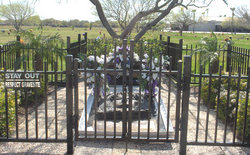
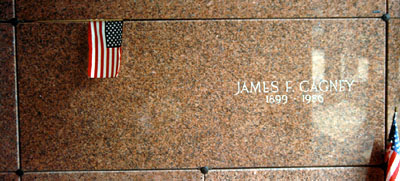
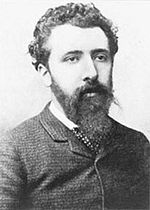
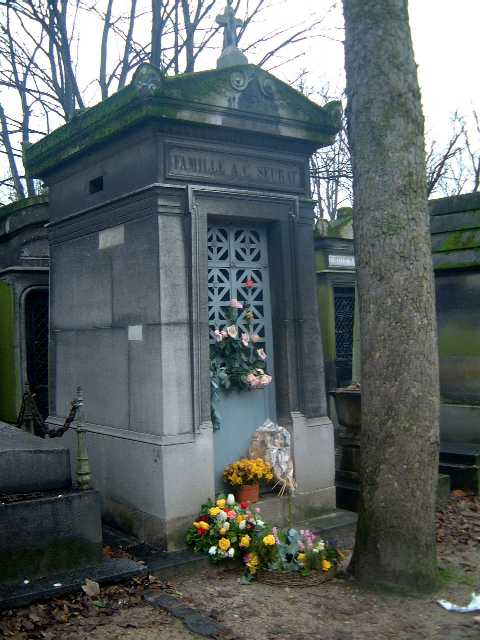

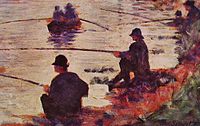

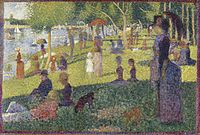


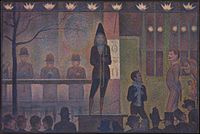
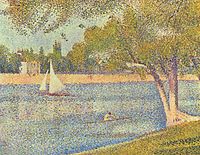
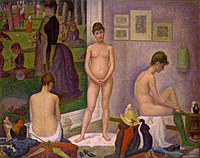



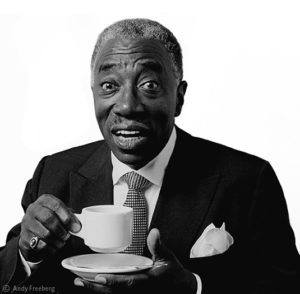
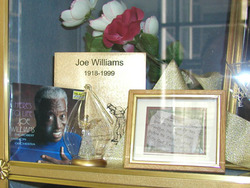
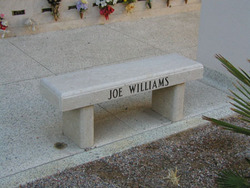
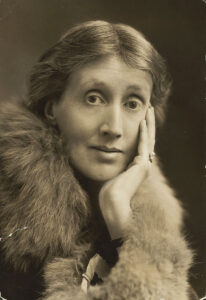
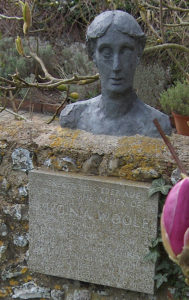
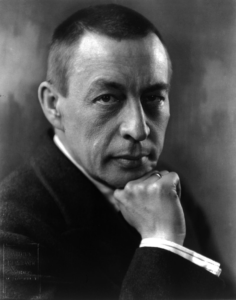

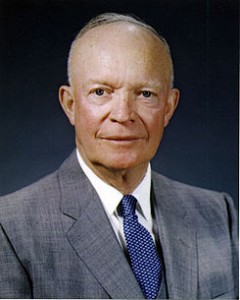 On this day in 1969, five-star general and the 34th President of the United States, Ike, Dwight David Eisenhower died of congestive heart failure at Walter Reed Army Hospital in Washington D.C. at the age of 78. Born 14 October 1890 in Denison, Texas. During World War II, he served as Supreme Commander of the Allied forces in Europe, with responsibility for planning and supervising the successful invasion of France and Germany in 1944–45. In 1951, he became the first supreme commander of NATO. A Republican, Eisenhower entered the 1952 presidential race and won by a landslide, defeating Democrat Adlai Stevenson and ending two decades of the New Deal Coalition holding the White House. In the 1956 election, he would again face Stevenson, easily winning re-election. Richard M. Nixon would serve as his vice president for both of his terms in office. Eisenhower graduated from the U. S. Military Academy in West Point. He married Mary Geneva “Mamie”Doud (1916-1969 his death). Eisenhower retired to the place where he and Mamie had spent much of their post-war time, a working farm adjacent to the battlefield at Gettysburg, Pennsylvania.
On this day in 1969, five-star general and the 34th President of the United States, Ike, Dwight David Eisenhower died of congestive heart failure at Walter Reed Army Hospital in Washington D.C. at the age of 78. Born 14 October 1890 in Denison, Texas. During World War II, he served as Supreme Commander of the Allied forces in Europe, with responsibility for planning and supervising the successful invasion of France and Germany in 1944–45. In 1951, he became the first supreme commander of NATO. A Republican, Eisenhower entered the 1952 presidential race and won by a landslide, defeating Democrat Adlai Stevenson and ending two decades of the New Deal Coalition holding the White House. In the 1956 election, he would again face Stevenson, easily winning re-election. Richard M. Nixon would serve as his vice president for both of his terms in office. Eisenhower graduated from the U. S. Military Academy in West Point. He married Mary Geneva “Mamie”Doud (1916-1969 his death). Eisenhower retired to the place where he and Mamie had spent much of their post-war time, a working farm adjacent to the battlefield at Gettysburg, Pennsylvania.

